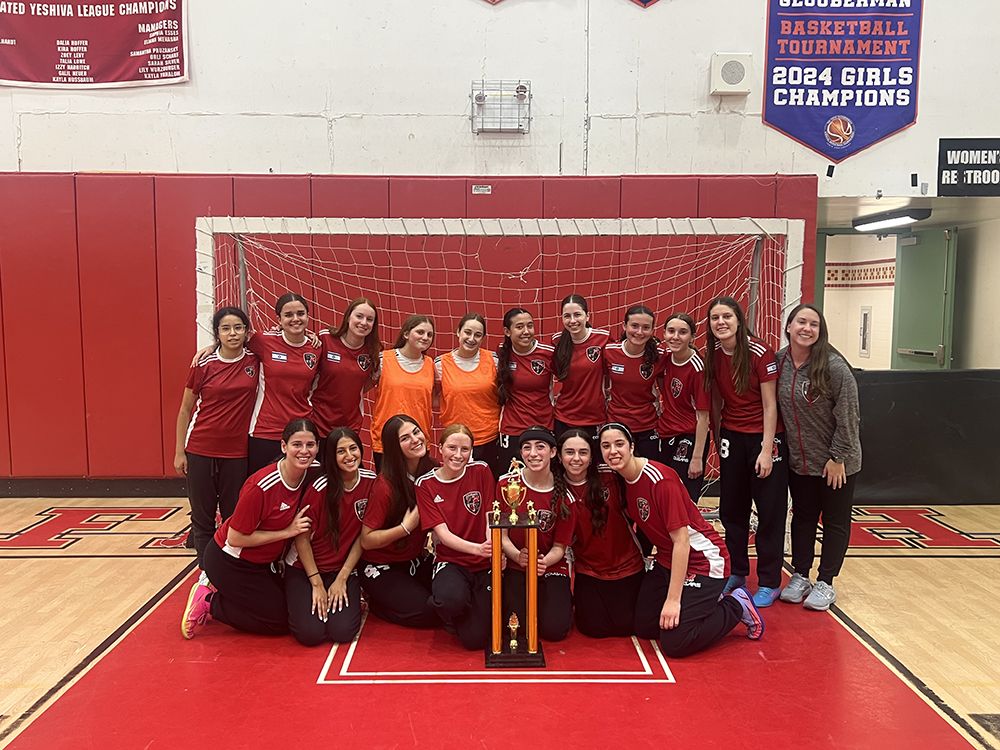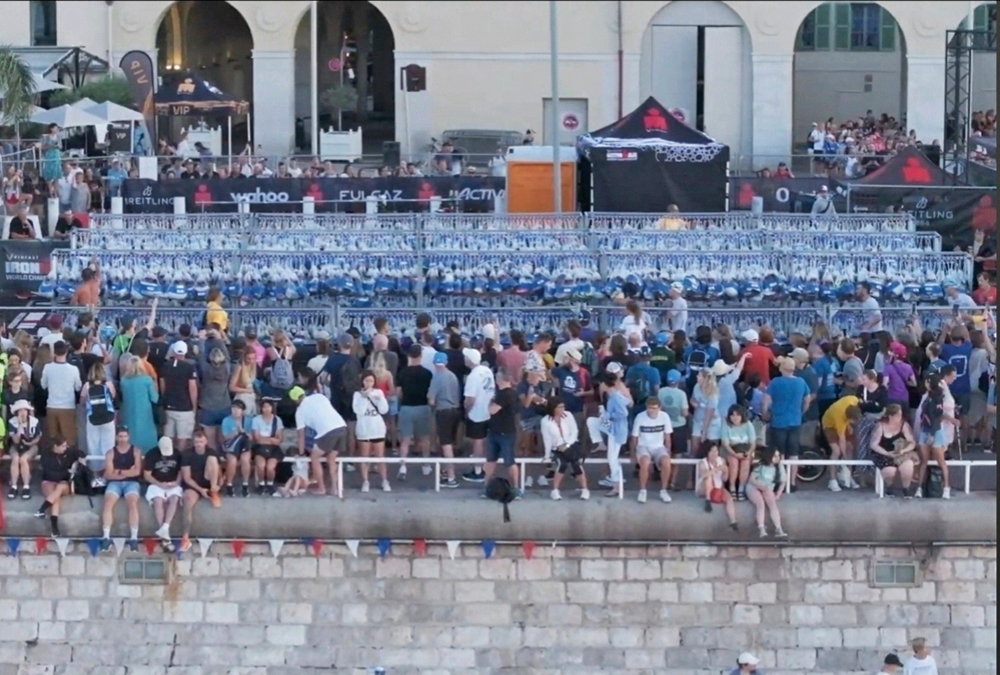There are several dozen synagogues in my city of Raanana. Most of them have thriving daily morning services, some even have two, and at a few of the larger synagogues there are three: around 6, 7 and 8 a.m. (Most of these synagogues also offer daily evening services). Why in tarnation, then, especially now that I am in my year of saying kaddish for my mother, do I find myself at 6:30 a.m. at Etsyon, a synagogue with one single, struggling morning minyan? To get you an answer to this question, it is a good idea to explore the world of morning minyan.
The practice of leaving your home first thing in the morning to go to prayer services is one that typically needs to be ingrained in you from a young age. Once one gets used to praying at home, it won’t be easy to transition to a minyan even though there are key portions of the service that are only said in a quorum. Besides not having to deal with getting to and from synagogue, an at-home morning prayer service takes only about a quarter of an hour, whereas it can take three times that amount of time at minyan.
I was won over to morning minyan in the seventh grade. Going to minyan was part of being a good student at the Yeshivah of Flatbush in Brooklyn, and I wanted to be a good student. I made sure to get to minyan on time even though I had to take two subway trains and then walk 10 blocks to school. Rabbi Russ was always using my example to berate tardy students who lived just a few blocks away. While I don’t think that this endeared me to many of my friends, it did cause me to get the minyan award at the eighth-grade graduation ceremonies.
As an adult, I used to frequently wonder at my commitment to morning minyan. Rain or shine, I am there. It all goes back to my early education. I was raised to think and feel that this is how a Jewish man should start his day. When I come back from minyan, it’s also important for me to do some stretching/yoga or some other physical activity, but first, always, there is minyan.
If one has a choice of minyans, different people will choose different factors; key factors for me are distance from my home, length of service, physical space, and a “word of Jewish law” at the end. While Etsyon scores well for me on these parameters (medium speed, eight-minute walk from my home, sanctuary is not too large, and there is a “dvar halacha” — too legally conservative for my tastes but better than nothing), I have discovered another factor at Etsyon.
The factor that causes me to put up with the anxiety of being in a minyan that sometimes struggles to get a “tsenter” (“tenth”) is that I am needed there. There is a camaraderie among the guys and many know me by name. When people have a yahrzeit (and given that I have brought down the average age this is not an infrequent occurrence), they bring in cake and whiskey and drink a l’chayim for the elevation of the dead one’s soul (a process known as a “tikkun”). Eitan the gabbai has been going to Etsyon for 45 years; his brother Motti and another man named Aryeh take turns leading the services. I can’t let Eitan, Motti and Aryeh down, can I?
I had mistakenly thought that waiting for a minyan was a “galut” (diaspora) phenomenon. I was wrong. Even in Israel it can happen. There were a few times this winter when we were at nine and had to put in a call to Danny to get him up to make our minyan, and once we were too far from a quorum to even bother Danny. With no rain in sight until October, we have reached smoother ground. Nevertheless, there are still certain times when I realize, as I walk in, that I am the tsenter, which feels very good indeed.
By Teddy Weinberger













